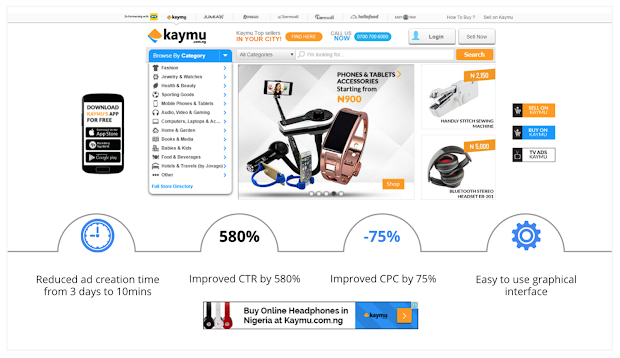If you can’t measure it, how do you know it worked? With this simple principle in mind, we’ve been investing in a broad set of measurement solutions for brands through a combination of product innovation with our own solutions like Brand Lift and Active View and partnerships with leading third parties like comScore and Nielsen on GRPs.
Viewability has long been a focus for us. Built on the foundation of our Active View technology, we launched the ability to buy only viewable impressions on the Google Display Network back in December 2013 and recently completed moving over the last advertiser campaigns from CPMs to viewable CPMs. We’ve worked to ensure viewability rates on YouTube are amongst the industry’s highest. And Active View now works seamlessly across video, display, mobile web and mobile apps (on YouTube and for publishers using DoubleClick for Publishers), and has been adopted by over 80% of advertisers using the DoubleClick platform.
With the MRC-defined industry standard as a base-line for viewability, we are also helping advertisers and agencies go beyond transacting on the industry standard to also measure individual viewability objectives. In order to support this we have begun launching supplementary metrics in Active View, like the ability to see average viewable time and soon when an ad is 100% in view for any length in time. These are the first few in a lineup of supplementary metrics that will provide advertisers with additional data points relevant to their specific campaigns and needs.
Announcing 3rd party viewability reporting on YouTube - bringing you more choice
Today, we're continuing our approach of driving product innovation and supporting choice by announcing that we're broadening the options for advertisers measuring viewability on YouTube. Along with Active View, advertisers will also be able to choose from third party vendors.
Moat, Integral AdScience, comScore and DoubleVerify are a select set of third party vendors that have been approved to report ad viewability on YouTube, beginning with Moat in early 2016. Through these partnerships, we’ll continue to expand measurement options for marketers on YouTube, while maintaining the highest levels of security and privacy for users, advertisers and creators.
“Independent 3rd party verification is extremely important to ensuring that our clients’ media is running as effectively and efficiently as possible. As a long-time partner, IPG Mediabrands is pleased to see Google continue its work to move the industry forward on viewability by allowing independent verification of YouTube, and applaud this recent decision.”
Mitchell Weinstein, SVP Ad Operations, IPG Mediabrands
Keith Weed, Chief Marketing and Communications Officer at Unilever added:
"Having partners like Google address these challenges helps to push the entire industry forward. This move will generate better industry-wide standards across viewability and third party verification practices and continues the momentum in the right direction."
Keith Weed, Chief Marketing and Communications Officer, Unilever
Stay tuned for continued investments in the viewability space, including ongoing product innovation updates to Active View as well as additional partnerships. Together with our partners, our goal is to help our clients measure every moment that matters.
 |
Posted by Sanaz Ahari
Group Product Manager, Brand Measurement, Google |








